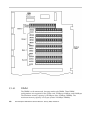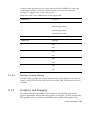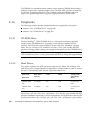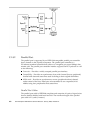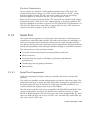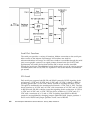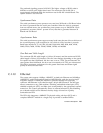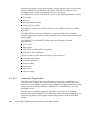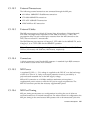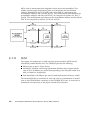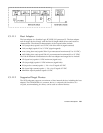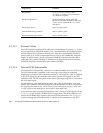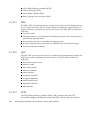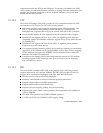
communicate between the physical signaling and the medium access control layers
for both 100BASE-TX and 10BASE-T operations. The PHY IC interfaces to the
100-Mbps physical-medium-dependent transceiver Twister IC.
The 100BASE-TX portion of the PHY IC consists of the following functional blocks:
Transmitter
Receiver
Clock generation module
Clock recovery module
The 10BASE-T section of the PHY IC consists of the 10-Mbps transceiver module
with filters.
The 100BASE-TX transceiver is included in a separate Twister IC and features
adaptive equalization, baseline wander correction, and transition time control on the
output signals.
The 100BASE-TX and 10BASE-T sections share the following functional
characteristics:
PCS control
MII registers
IEEE 1149.1 controller (JTAG compliance)
IEEE 802.3u auto negotiation
The next sections provide brief descriptions of the following:
Automatic negotiation
External transceivers
External cables
Connectors
MII power
MII port timing
C.1.10.1 Automatic Negotiation
Automatic negotiation controls the cable when a connection is established to a
network device. It detects the various modes that exist in the linked partner and
advertises its own abilities to automatically configure the highest performance mode
of inter-operation, namely, 10BASE-T, 100BASE-TX, or 100BASE-T4 in half- and
full-duplex modes.
The Ethernet port supports automatic negotiation. At power up, an on-board
transceiver advertises 100BASE-TX in half-duplex mode, which is configured by the
automatic negotiation to the highest common denominator based on the linked
partner.
266
Sun Enterprise 220R Server Service Manual ♦ January 2000, Revision A



